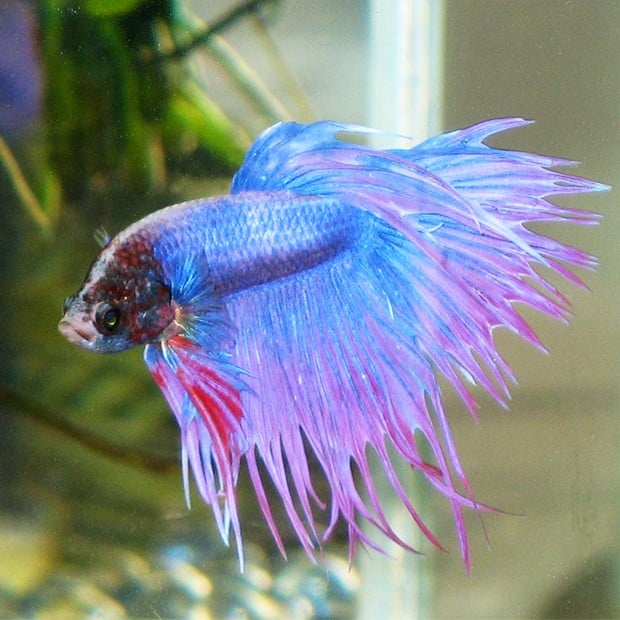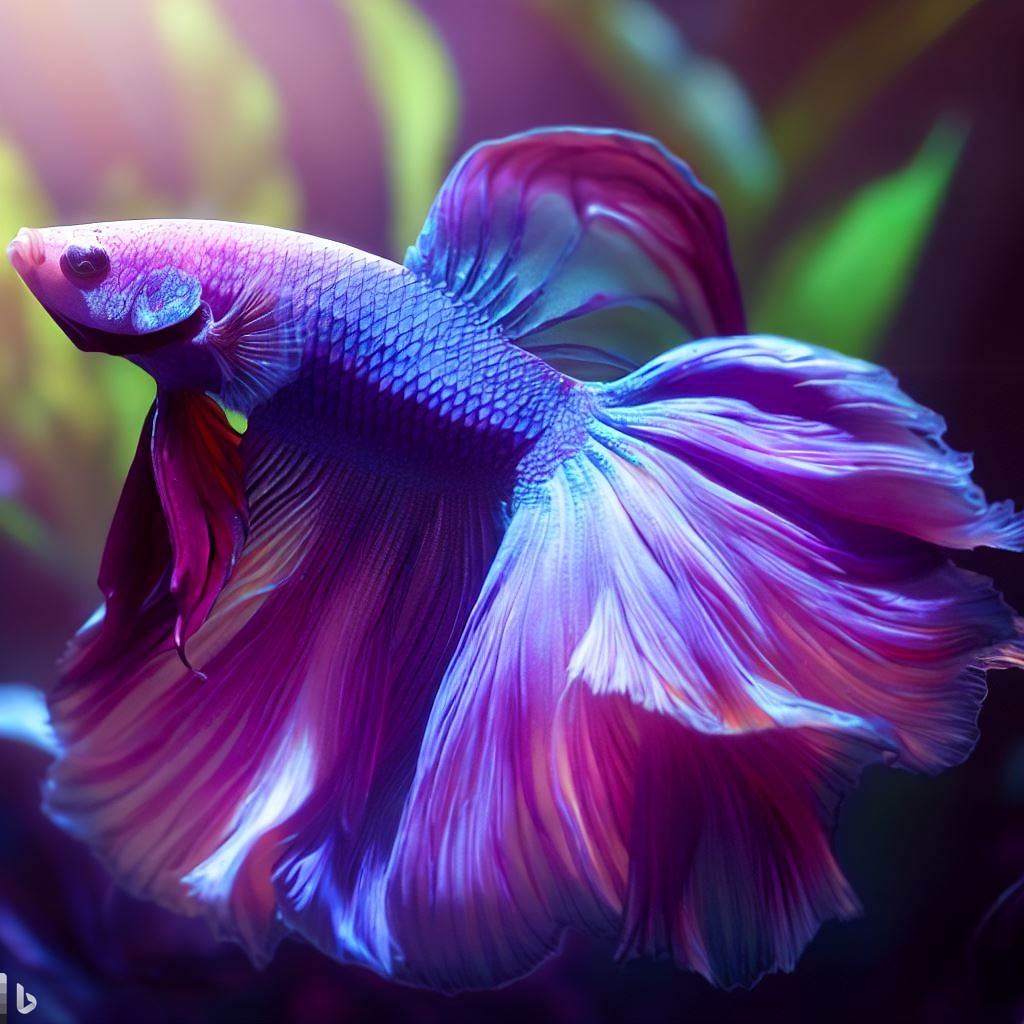Exactly how to Create the Perfect Betta Fish Environment at Home
Exactly how to Create the Perfect Betta Fish Environment at Home
Blog Article
Reproducing Betta Fish: a Comprehensive Step-By-Step Overview to Effectively Raising Child Bettas From Eggs to Their Adult Years
Reproducing Betta fish is a meticulous venture that needs mindful planning and implementation to make sure the successful growth of fry from eggs to develop fish. As the male Betta carefully constructs a bubble nest and guards the precious eggs, the subsequent phases of care and transition demand attention to information and knowledge of finest practices.

Selecting Reproduction Pairs
When starting the journey of reproducing Betta fish, choosing the right reproduction pairs is critical to achieving desirable traits and a healthy family tree - betta fish. The very first action in this procedure is to recognize the certain qualities you want to enhance or preserve, such as shade, fin type, and physique. It is crucial to choose genetically varied pairs to avoid inbreeding, which can result in health issues and undesirable characteristics
Review possible breeding candidates meticulously. A healthy and balanced male Betta ought to show vibrant colors, an active attitude, and well-formed fins, while the woman needs to likewise display vibrant coloration and a rounded stubborn belly, indicating preparedness for spawning. Observing the personality of both fish is essential, as aggressive or excessively shy individuals might not reproduce successfully.
Keeping records of the parent fish's origins can help you track hereditary qualities and possible problems. Inevitably, spending time in the selection procedure will considerably boost the likelihood of generating solid, vibrant spawn that satisfy your breeding objectives.

Preparing the Breeding Tank
Producing an optimal reproduction environment is a key action after picking ideal sets for Betta fish. The breeding container need to be specifically developed to supply comfort and stimulate the all-natural reproduction habits of the fish. Beginning with a tank size of at the very least 10 gallons to ensure appropriate room for both the male and female Bettas.
Keep a mild purification system to maintain the water clean while staying clear of strong currents that can emphasize the fish. Additionally, an air stone can be included in provide oxygenation without interrupting the water surface area way too much.
Temperature level law is vital; goal for a steady series of 78-82 ° F(25-28 ° C) making use of a dependable heating unit. The pH level must be preserved between 6.5 and 7.5, and normal water changes are required to make sure high water high quality.
Incorporate floating plants or generating sponges to produce hiding areas for the female, while also motivating bubble nest building by the man - betta fish. Lastly, ensure the tank is devoid of sharp decorations and any type of prospective risks, as the welfare of the fish should constantly be prioritized during this vital stage of breeding.
The Breeding Process
Commonly, the breeding process for Betta fish entails a collection of distinct and visible behaviors that indicate preparedness for recreation. The male Betta begins by developing a bubble nest at Homepage the water's surface, which serves as a website for the fed eggs. This nest is essential, as it supplies a safe atmosphere for the eggs until they hatch.
When the nest is developed, the male will certainly present courtship actions, such as flaring his fins and displaying dynamic shades to attract the woman. The lady, upon noticing the male's preparedness, will certainly respond by presenting upright stripes along her body, signifying her receptiveness.
The fertilized eggs then fall to the bubble nest, where the male carefully accumulates and returns them to the nest. Following this, the male assumes obligation for guarding the nest and guaranteeing the safety and security of the eggs until they hatch, commonly within 24-36 hours.
Taking Care Of Betta Fry
Caring for Betta fry calls for mindful interest to their atmosphere and nutrition to guarantee healthy growth and development. After hatching, Betta fry are very tiny and at risk, requiring a stable and tidy habitat. Preserving a water temperature level between 78 ° F and 80 ° F is vital, as Betta fry thrive in cozy conditions. Additionally, guarantee that the water is cost-free of dangerous toxins; regular water adjustments of 10-20% are advised to keep optimum water high quality.
Feeding Betta fry is similarly vital. Originally, they need to be offered infusoria or finely crushed top notch fry food, as their mouths are also tiny to deal with larger particles. As they expand, you can slowly introduce larger foods, such as child salt water shrimp or powdered flakes, to ensure they get sufficient nourishment. Feed them percentages numerous times a day, being mindful not to overfeed, which can cause water high quality concerns.
Transitioning to Grownup Bettas
As anchor Betta fry mature, transitioning them to adult Bettas is a crucial phase that calls for careful management of their atmosphere and social interactions. This procedure generally starts when the fry get to around six weeks old, at which point they can be gradually presented to a much more organized living environment.
To facilitate this shift, it is vital to ensure that the water specifications-- such as temperature level, pH, and ammonia levels-- are optimal and stable. Adult Betta fish grow in cozy water (around 78-80 ° F) with a pH of 6.5 to 7.5. Slowly adjust the fry to these problems to minimize anxiety.
Social interactions are an additional essential element; male Bettas are infamously territorial and hostile. Therefore, it is a good idea visit this site to separate males right into individual tanks as they develop. Female Bettas can be housed with each other, but treatment should be required to monitor for indicators of hostility.
Furthermore, nutritional adjustments should be made as the fry expand. Include top notch pellets and live foods to sustain their growth and wellness. By taking care of these aspects efficiently, you can promote a successful shift to the adult years for your Betta fish.

Verdict
Successful breeding of Betta fish needs cautious focus to detail throughout the entire procedure, from selecting genetically diverse sets to providing ideal treatment for fry. In addition, a well balanced diet plan and steady adjustment to adult environments are essential for the growth and development of Betta fish.
Report this page